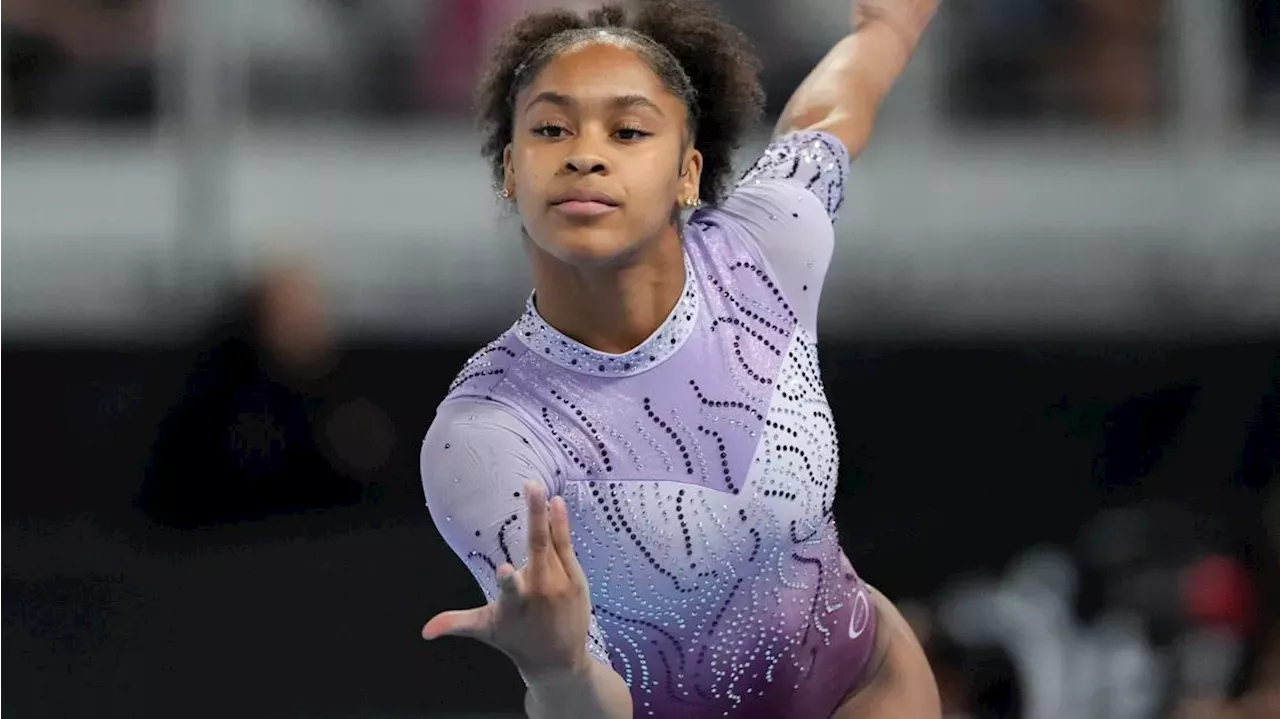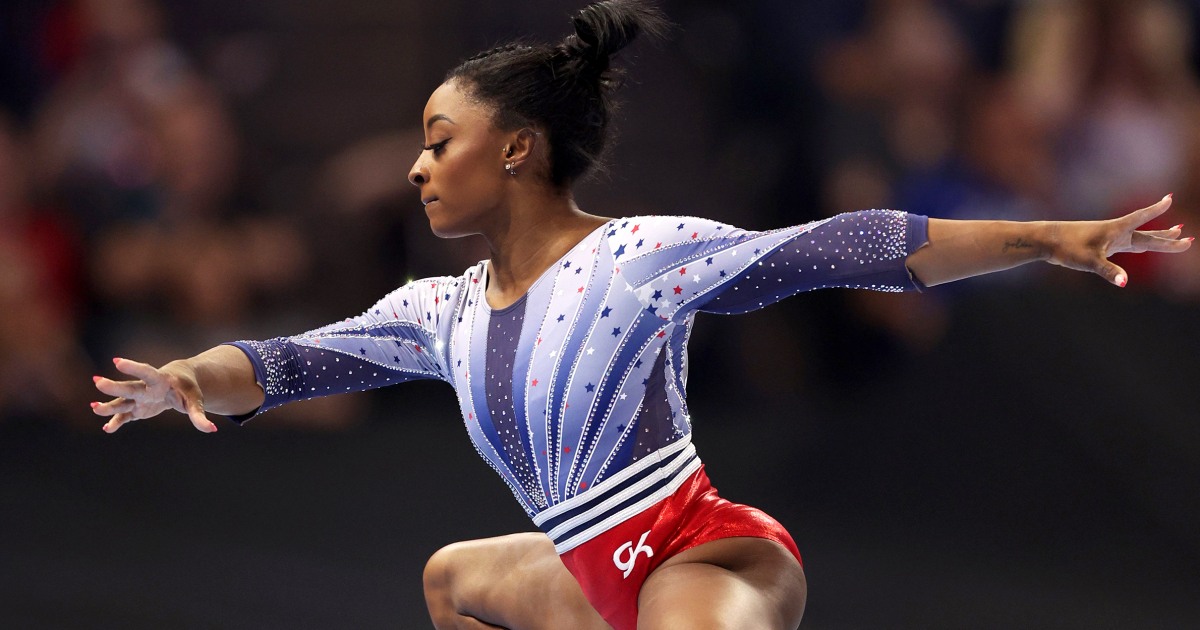Types of Gymnastics Injuries

Gymnastics injuries – Gymnastics, a demanding sport that requires exceptional athleticism, poses inherent risks of injuries. Gymnasts subject their bodies to intense training and complex maneuvers, which can strain muscles, joints, and connective tissues. Understanding the types of injuries commonly encountered in gymnastics is crucial for prevention, timely diagnosis, and appropriate treatment.
Gymnastics injuries are a common concern for athletes, especially during intense competitions like the gymnastic olympic trials. The high-impact nature of the sport can lead to sprains, strains, and even fractures. However, with proper training and conditioning, athletes can reduce their risk of injury and perform at their best.
Gymnastics injuries vary in severity, ranging from minor strains to severe fractures. They can affect different body parts, with some areas being more susceptible to specific types of injuries due to the nature of gymnastic movements.
The gymnastic olympic trials are a grueling test of skill and endurance, and injuries are unfortunately common. Gymnasts push their bodies to the limit, and this can lead to a variety of injuries, including sprains, strains, fractures, and dislocations. Injuries can sideline gymnasts for weeks or even months, and can have a significant impact on their careers.
Severity of Injuries
- Minor Injuries: Sprains, strains, bruises, and minor fractures that typically heal within a few weeks with rest and basic treatment.
- Moderate Injuries: More severe sprains, strains, dislocations, and fractures that require medical attention, physical therapy, and a longer recovery period.
- Major Injuries: Significant fractures, ligament tears, muscle ruptures, and nerve damage that often require surgery, extensive rehabilitation, and may have long-term implications.
Body Parts Affected, Gymnastics injuries
- Ankle: Sprains, strains, fractures, and Achilles tendon injuries.
- Knee: Anterior cruciate ligament (ACL) tears, meniscus tears, patellar tendinitis.
- Shoulder: Rotator cuff tears, dislocations, impingement syndrome.
- Wrist: Sprains, fractures, carpal tunnel syndrome.
- Back: Stress fractures, muscle strains, herniated discs.
- Neck: Concussions, cervical spine injuries.
Underlying Causes
- Overuse: Repetitive and intense training can strain muscles, tendons, and joints beyond their capacity.
- Improper Technique: Incorrect form during exercises or landings can put excessive stress on certain body parts.
- Inadequate Warm-up: Failing to prepare the body for strenuous activity increases the risk of injuries.
- Fatigue: Exhaustion can impair coordination and increase the likelihood of accidents.
- Equipment Malfunction: Faulty or poorly maintained equipment can cause falls or other injuries.
Prevention and Management of Gymnastics Injuries
Gymnastics, while a graceful and demanding sport, poses a unique set of injury risks for its participants. To mitigate these risks and ensure the well-being of gymnasts, effective prevention and management strategies are paramount.
Injury Prevention
Preventing injuries in gymnastics requires a multifaceted approach, encompassing:
- Proper Training Techniques: Implementing correct body mechanics, proper form, and gradual progression in training reduces the risk of overloading and muscle imbalances.
- Warm-up Exercises: Dynamic and static stretching before training sessions prepares muscles and joints for the rigors of gymnastics.
- Injury Prevention Protocols: Establishing protocols for spotting, landing, and equipment use helps prevent accidents and minimize impact forces.
Injury Management
When injuries do occur, prompt and effective management is crucial to ensure a swift recovery and prevent long-term complications. This involves:
- Rehabilitation: Supervised exercises and therapies restore range of motion, strength, and stability to the injured area.
- Recovery: Rest and progressive return to activity allow the body to heal and rebuild.
- Medical Interventions: In some cases, surgery or other medical interventions may be necessary to address severe injuries.
By implementing comprehensive prevention and management strategies, gymnasts can significantly reduce their risk of injuries and optimize their performance and longevity in the sport.
Impact of Gymnastics Injuries on Athletes

Gymnastics injuries can have significant consequences for athletes, affecting not only their physical health but also their psychological and emotional well-being. The physical impact of gymnastics injuries can range from minor sprains and strains to severe fractures and dislocations. These injuries can cause pain, swelling, and loss of mobility, which can make it difficult for athletes to continue training or competing. In some cases, gymnastics injuries can even end an athlete’s career.
The psychological and emotional impact of gymnastics injuries can be just as devastating as the physical impact. Injured athletes may experience feelings of depression, anxiety, and guilt. They may also struggle with body image issues and a loss of confidence. The social isolation that can accompany an injury can also take a toll on an athlete’s mental health.
Challenges Faced by Injured Gymnasts
Injured gymnasts face a number of challenges, including:
- Recovery time: Gymnastics injuries can take weeks, months, or even years to heal. This can be a frustrating and difficult time for athletes, who may be eager to return to training or competition.
- Loss of mobility: Gymnastics injuries can lead to a loss of mobility, which can make it difficult for athletes to perform everyday activities. This can be a particularly challenging adjustment for athletes who are used to being active and physically fit.
- Potential career setbacks: Gymnastics injuries can derail an athlete’s career. In some cases, athletes may be forced to retire from the sport altogether. This can be a devastating blow for athletes who have dedicated their lives to gymnastics.
It is important for injured gymnasts to have a strong support system in place. This can include family, friends, coaches, and teammates. Support systems can provide emotional support, encouragement, and practical help. They can also help athletes to stay positive and motivated during their recovery.
Mental health resources can also be helpful for injured gymnasts. These resources can provide athletes with the tools they need to cope with the psychological and emotional challenges of injury. Mental health resources can include therapy, counseling, and support groups.